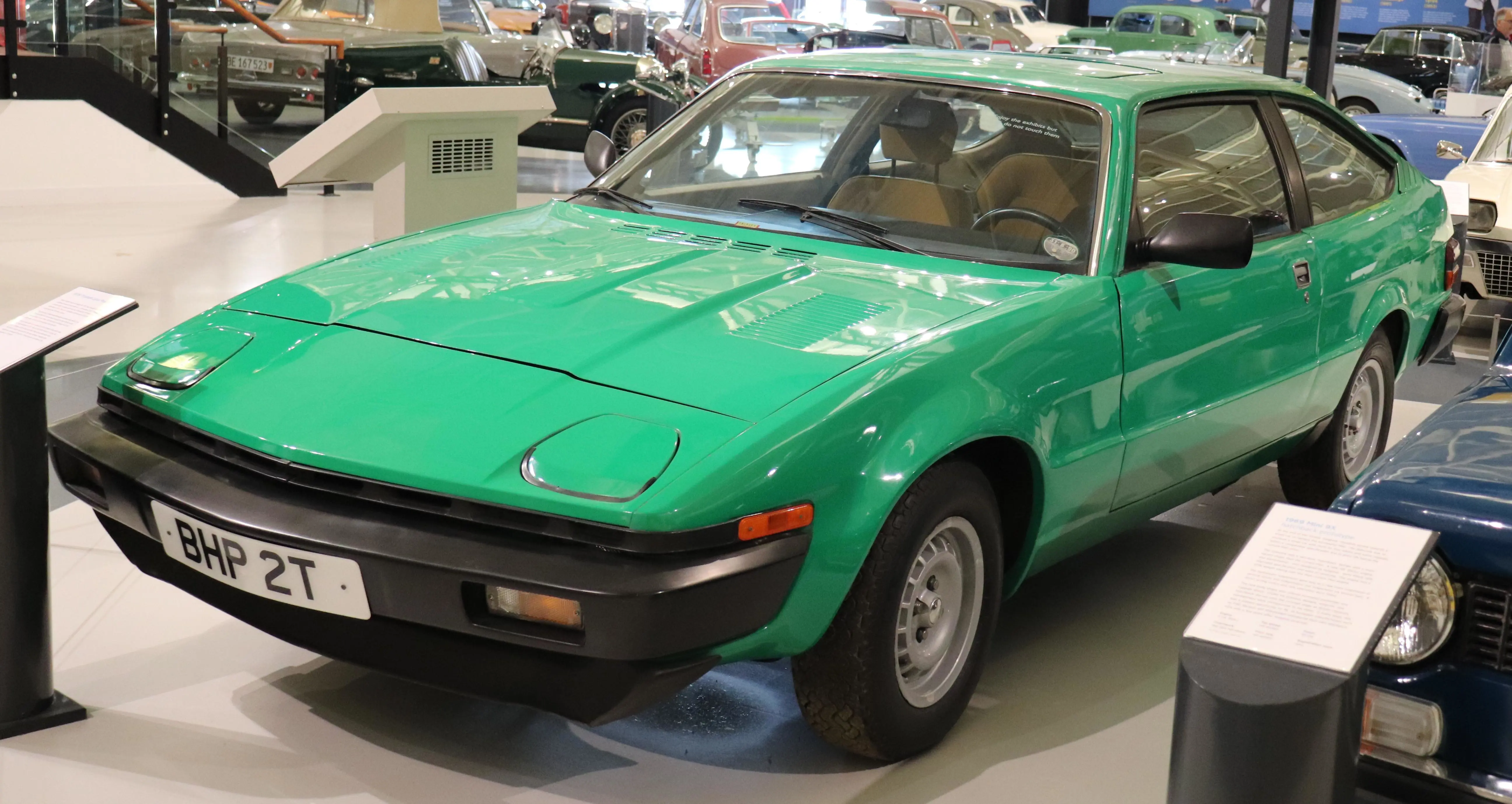CARS THAT MIGHT HAVE BEEN - THE TRIUMPH LYNX
23 May 2023
Just as it is almost impossible to name a favourite film or Beatles song, selecting a favourite car at Gaydon is futile. Put simply, each and every vehicle of the British Motor Museum could be this writer’s favourite at any given moment. However, as the famous venue celebrated its 30th birthday on the 1st of May, we’d like to pay tribute with a vehicle that always seems to attract large amounts of attention – the Triumph Lynx,
In the late 1960s, Triumph contemplated making a 2.5-litre straight six-powered four-seater coupe. However, four years later, Canley responded to the rumours of impending legislation banning open cars in the USA. To say this market was vital to the marque is an understatement, as 80% of British Leyland’s sports cars were destined for the USA. In response, Triumph devised both the two-seat TR7 hardtop and a three-door hatchback with a wheelbase around eleven inches longer than the TR7 with longer doors to allow access to the folding rear seats.

The Lynx featured the five-speed gearbox, rear axle and 3.5-litre V8 engine from the under-development Rover SD1. Such a specification reflected its role in the USA as heir to the Stag. British Leyland also envisaged a four-cylinder model version as the replacement for the MGB GT. Graham Robson noted in Triumph Sports Cars that “serious development was underway by 1975.”
Triumph intended to manufacture the Lynx alongside the TR7 at their Speke works and planned an annual run of circa 19,000 models, but by 1978 BL’s chairman Sir Michael Edwardes announced the factory was to close. Soon after production transferred to Canley, BL cancelled the Lynx in 1979. One suggested reason was the TR7s comparative lack of popularity in the USA while Richard Porter wrote in Evo:
“The styling was a curious mess, mixing the nose of the TR7 with a fastback body blighted by huge bumpers, oversized taillights and the dead hand of committee thinking. There was a good-looking car trying to get out, but it wasn’t having much success. Worst of all was a ride height so tippy-toed that when the American importers showed a prototype at US customer clinics they stuck concrete blocks in the boot to try to make it sit better, and still the feedback was dismal.”
Yet, a Lynx with revised bodywork would arguably have great potential. It could have rivalled the Ford Capri 3.0S or 3.0 Ghia Mk. III in the UK and across the Atlantic, the Triumph coupe might have tempted Ford Mustang or Datsun 280ZX drivers. But revisions would have needed time that BL lacked by the late 1970s. The green Lynx at Gaydon is believed to be the sole survivor out of 18 Lynx prototypes. – and a visit to https://www.britishmotormuseum.co.uk/ to see it in the metal is always worthwhile.
